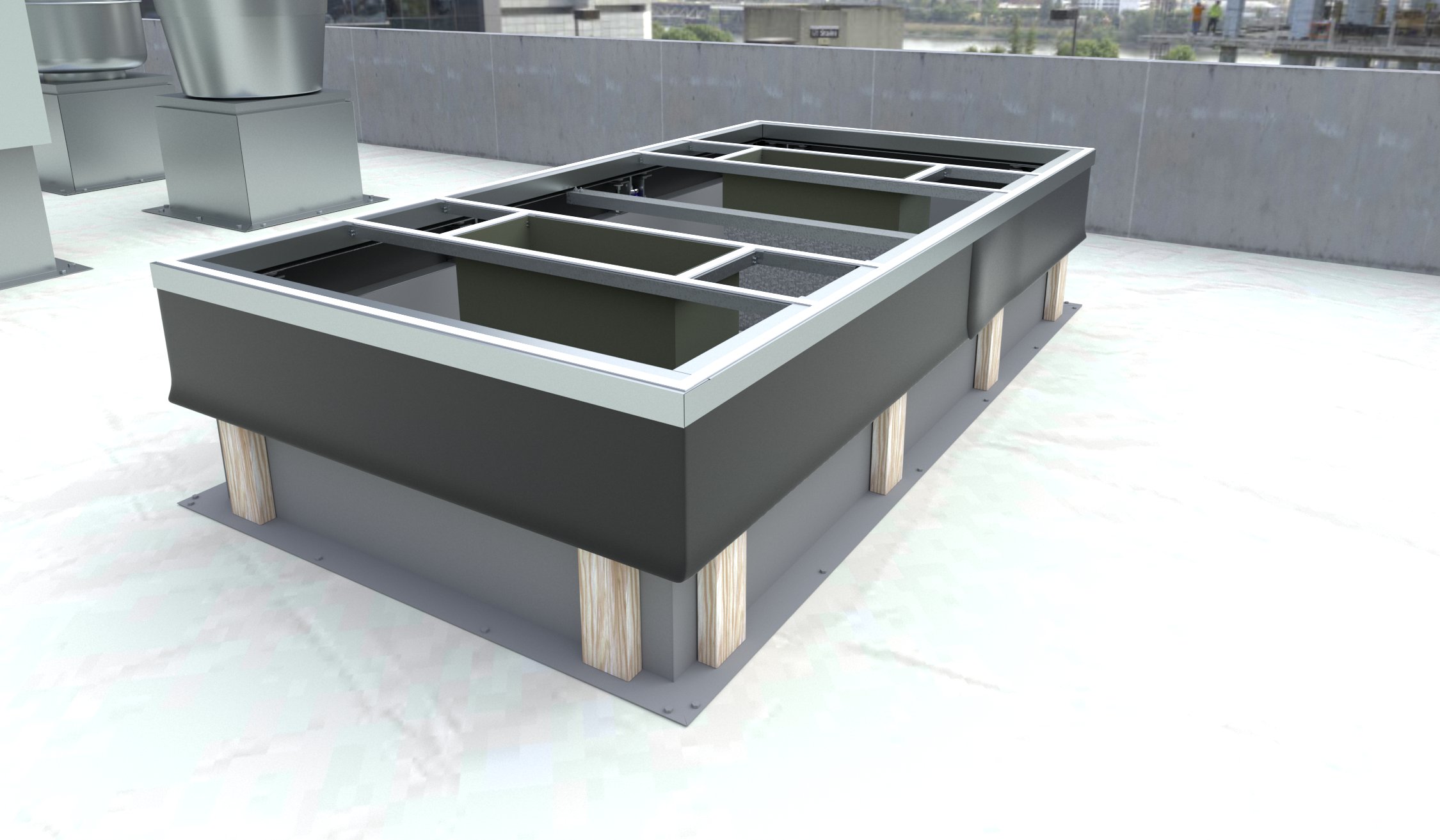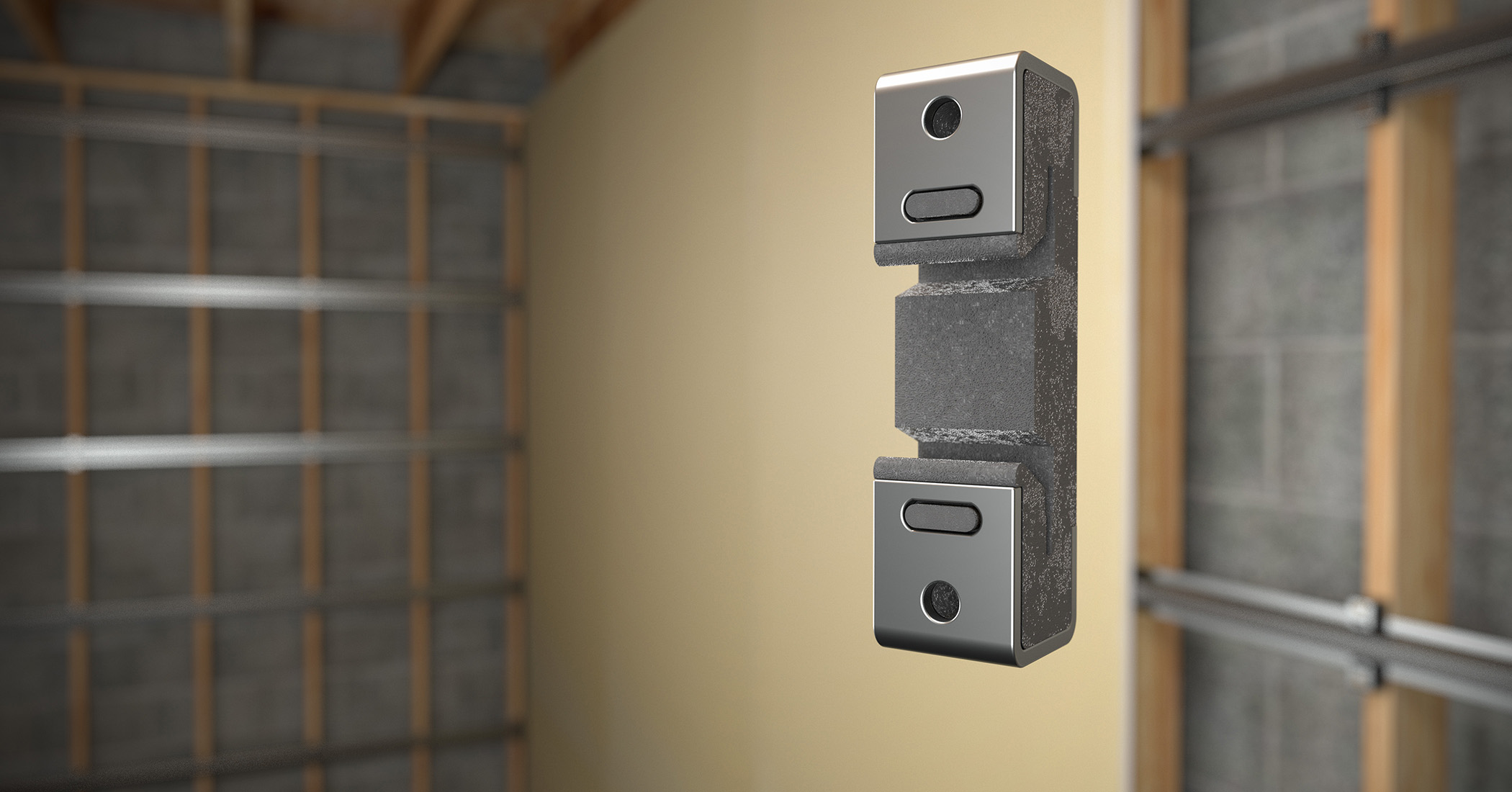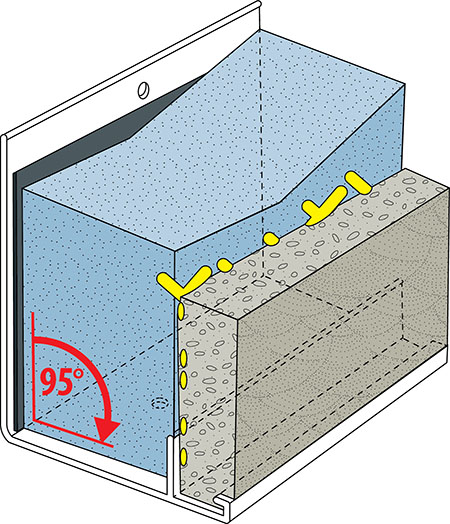The evolution of construction scheduling in the design-build era
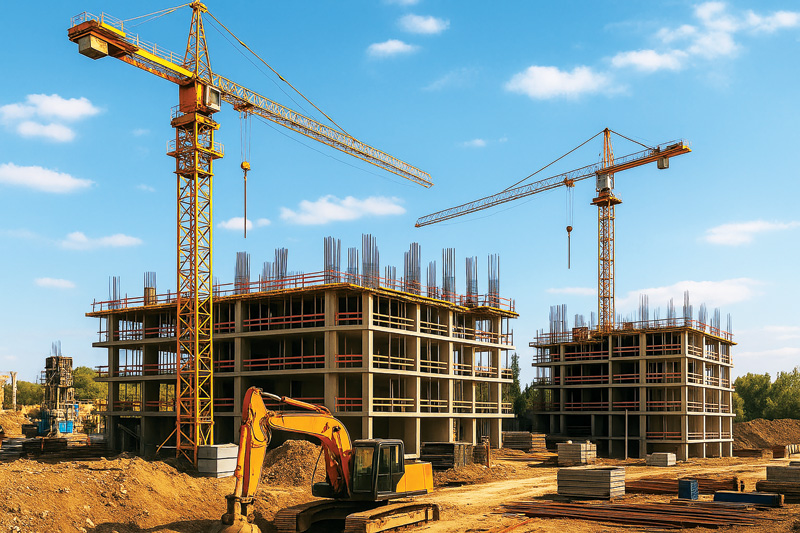
The construction industry is undergoing a significant transformation, particularly in project scheduling. Traditionally, scheduling was the domain of a select few specialists, often using general-use tools such as Microsoft Excel or complex software such as Primavera P6. However, the rise of design-build construction and the advent of more intuitive, collaborative scheduling tools are democratizing this crucial aspect of project management. This shift is not just a change in technology; it represents a fundamental reimagining of how construction projects are planned and executed.
The traditional scheduling paradigm
For decades, construction scheduling has been the purview of dedicated schedulers. While schedulers have used Excel for simpler projects, for more sophisticated projects, these experts have often turned to cumbersome software tools. Primavera P6, the industry standard for many years, epitomizes this approach. While powerful, P6 has a steep learning curve, effectively creating a “high priesthood” of schedulers who alone could navigate its complexities.
This siloed approach to construction scheduling had several drawbacks:
- Limited input—Only a small group could contribute to the schedule, potentially missing valuable insights from other team members.
- Communication barriers—The complexity of the schedules often made them difficult for non-specialists to understand and use effectively.
- Inflexibility—Updating construction schedules was time-consuming, making it challenging to adapt to the rapid changes common in construction projects.
- Resource inefficiency—The reliance on specialized schedulers often led to bottlenecks in the planning process, as these individuals became overloaded with work.
- Disconnect from field realities—Schedulers, often working in isolation, might not have the most up-to-date information from the construction site, leading to schedules that did not always reflect real-world conditions.
While functional for many years, the traditional paradigm increasingly struggled to keep pace with the evolving needs of modern construction projects, especially as these projects grew in complexity and scale.
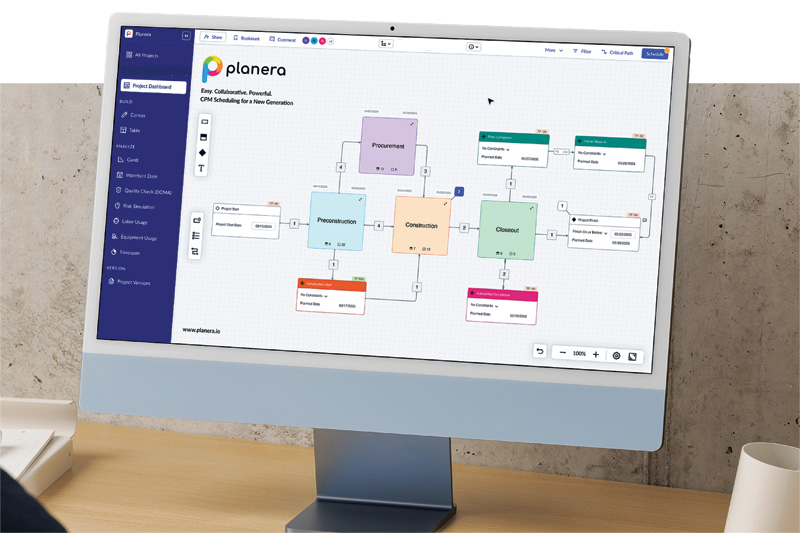
The rise of design-build and its impact on scheduling
The design-build model has gained significant traction in recent years, fundamentally changing how construction projects are approached. This integrated method, where design and construction services are contracted by a single entity, emphasizes collaboration and teamwork. Key aspects of design-build that influence scheduling:
- Concurrent processes—Design and construction phases often overlap, requiring more flexible and responsive scheduling.
- Team integration—Designers, contractors, and other key stakeholders work closely together from the project’s initial inception.
- Shared responsibility—All team members have a stake in the project’s success, encouraging more collaborative decision-making.
- Streamlined communication—With a single point of responsibility, information flows more freely between all parties involved.
- Faster project delivery—The overlapping of design and construction phases often results in shorter overall project timelines.
This collaborative environment naturally calls for a more inclusive approach to scheduling. The design-build model thrives on input from various team members, each bringing unique expertise and perspective to the planning process.
The shift in project dynamics
The design-build approach has necessitated a shift in how project teams interact and make decisions. In this model, early collaboration between designers and builders is crucial. This early integration allows for more informed decision-making about project timelines, as constructability issues can be addressed during the design phase.
For scheduling, this means input is needed from a broader range of stakeholders much earlier in the project lifecycle. Architects, engineers, contractors, and even key subcontractors may all have valuable insights that can influence the project schedule from the outset.
The emergence of collaborative scheduling tools
Responding to the needs of the design-build era, a new generation of scheduling tools has emerged. These platforms are designed to be both powerful and user-friendly, enabling a wider range of team members to participate in the scheduling process.
Characteristics of these new tools include:
- Visual interfaces—Intuitive, often whiteboard-like interfaces make it easier for non-specialists to understand and contribute to schedules.
- Real-time collaboration—Multiple team members can work on the schedule simultaneously, fostering better communication and alignment.
- Accessibility—Cloud-based solutions allow access from anywhere, facilitating input from diverse team members regardless of location.
- Integration capabilities—These tools often integrate with other construction technology solutions, making it easier to share information between them.
- Customizable views—Users can often switch between different schedule representations (Gantt charts, calendars, etc.) to suit their preferences and needs.
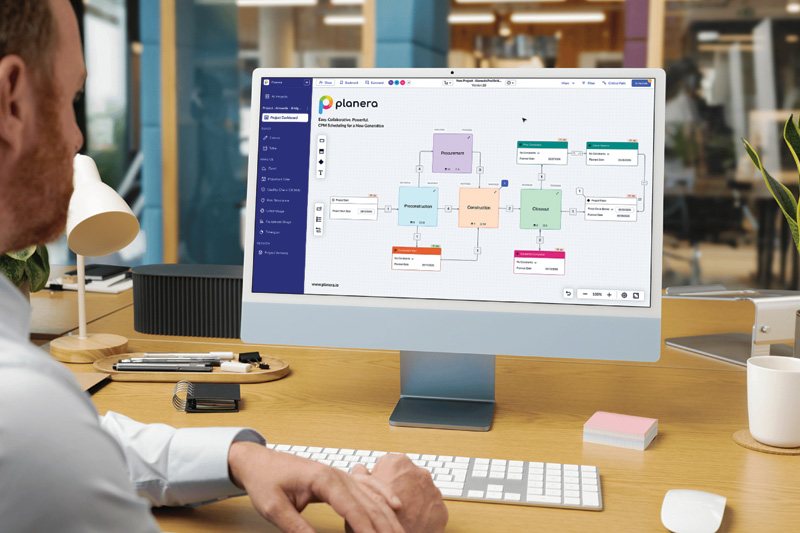
Key benefits of collaborative scheduling in complex design-build projects
The shift towards more inclusive scheduling practices brings several significant benefits to design-build projects:
Enhanced accuracy
When more team members contribute to the schedule, it becomes more comprehensive and realistic. Each participant brings their specific technical expertise, whether it is a designer’s insight into the time needed for certain design elements or a subcontractor’s knowledge of material lead times.
Improved efficiency
Collaborative scheduling allows for the early identification of potential conflicts or inefficiencies. By involving various stakeholders from the outset, teams can more effectively optimize the sequence of activities and resource allocation.
Greater buy-in and accountability
When team members are involved in creating the schedule, they are more likely to feel ownership of the plan and commit to its execution. This increased buy-in can lead to better adherence to timelines and more proactive problem-solving when issues arise.
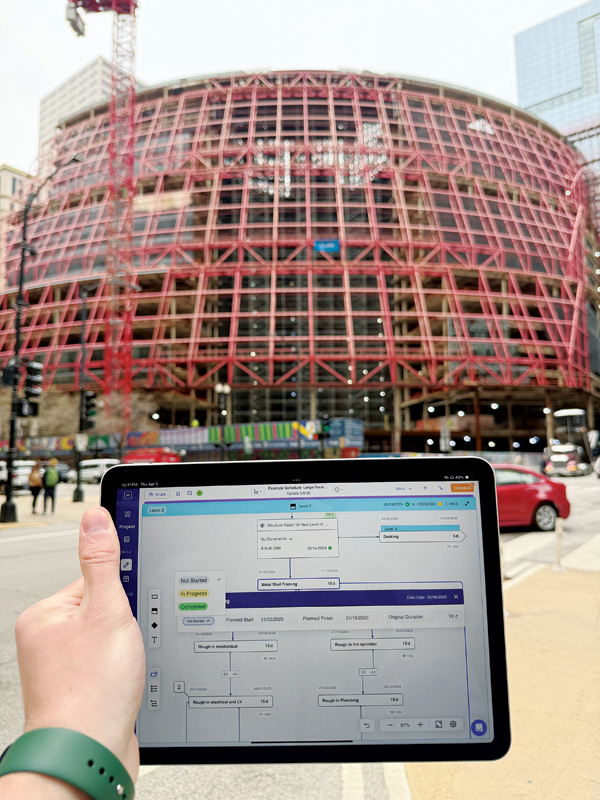
Faster response to changes
The collaborative nature of these new tools allows for quicker updates to the schedule when changes occur. This agility is particularly valuable in the fast-paced, often unpredictable environment of construction projects.
Better risk management
With diverse perspectives contributing to the schedule, potential risks are more likely to be identified early. This allows for proactive risk mitigation strategies to be incorporated into the project plan.
Improved client communication
Visual, easy-to-understand schedules make it easier to keep clients informed about project progress. This transparency can lead to better client relationships and fewer misunderstandings about project timelines.
Enhanced learning and knowledge transfer
Collaborative scheduling creates opportunities for less experienced team members to learn from seasoned professionals. This knowledge sharing can help build organizational capacity and improve future project planning.
Implementing collaborative scheduling:
Challenges and solutions
While the benefits of collaborative scheduling are clear, implementing this integrated approach comes with its own set of challenges:
Resistance to change
Some seasoned professionals may be hesitant to adopt new tools and processes, especially if they have been using traditional scheduling methods for years.
Solution: Gradual implementation and comprehensive training can help ease the transition. Demonstrating the tangible benefits of the new approach through pilot projects can also help win over skeptics. It is crucial to involve key stakeholders in the selection and implementation process to ensure buy-in.
Maintaining schedule integrity
With more people contributing to the schedule, there is a risk of introducing errors or inconsistencies. Implement clear protocols for schedule changes and use software features that track revisions and allow for easy rollbacks if needed. Designate a schedule manager to oversee the overall integrity of the plan. Regular schedule reviews and audits can help maintain accuracy and consistency.
Balancing input
While collaboration is valuable, there is a risk of “too many cooks in the kitchen,” which can lead to inefficient decision-making processes.
Clearly define roles and responsibilities in the scheduling process. Use collaborative tools to facilitate structured input, such as comment periods or review cycles, rather than allowing constant changes. Implement a clear approval process for major schedule modifications.
Integration with existing systems
New scheduling tools need to work alongside other software used in the project management process.
Choose scheduling tools that offer robust integration capabilities. Work with IT teams to ensure smooth data flow between systems. If direct integrations are not available, consider using middleware solutions. Regularly test and validate data consistency across platforms.
Data security and privacy
Concerns about data security and privacy may arise with cloud-based collaborative tools, especially when working on sensitive projects.
Carefully vet potential software providers for their security measures. Implement strong access controls and data encryption. Educate team members about best practices for data protection.

Collaborative scheduling in action
To illustrate the impact and results of collaborative scheduling in a design-build environment, consider this hypothetical case study.
A large commercial construction project in Seattle was facing challenges with traditional scheduling methods. The general contractor developing this 20-story mixed-use building was concerned that their schedule would slip, so the project manager decided to implement a collaborative scheduling approach using a visual, team-oriented tool.
Results:
- The initial schedule creation time was reduced by 40 percent due to simultaneous input from various team members.
- Early involvement of subcontractors led to the identification of a potential material shortage, allowing the team to adjust the schedule and avoid a three-week delay.
- The visual nature of the tool helped the client better understand the project timeline, leading to more informed decisions about phasing and occupancy.
- Mid-project changes were incorporated 60 percent faster than with the previous system, keeping the project on track despite unexpected design modifications.
- Overall project delivery was accelerated by 15 percent compared to similar previous projects, largely due to improved coordination and proactive problem-solving.
- The project team reported higher satisfaction and engagement levels, citing improved communication and a clearer understanding of project goals and timelines.
This case demonstrates how collaborative scheduling can lead to tangible improvements in project outcomes, from time savings to enhanced team dynamics.
The future of construction scheduling
As the construction industry continues to evolve, expect further advancements in collaborative scheduling:
- AI and machine learning—These technologies could offer predictive scheduling capabilities, learning from past projects to suggest optimal timelines and resource allocation. AI might also assist in risk assessment, flagging potential schedule conflicts or delays based on historical data.
- Increased integration—Scheduling tools will likely become more tightly integrated with other aspects of project management, including Building Information Modeling (BIM) and financial systems. This integration could allow for real-time cost tracking and automated schedule updates based on design changes.
- Virtual and augmented reality—These technologies could provide immersive ways to visualize and interact with project schedules, further enhancing understanding and collaboration. VR walkthroughs synchronized with the project schedule could allow teams to visualize the construction sequence in a highly intuitive manner.
- Mobile-first approaches—As construction becomes more decentralized, mobile-friendly scheduling tools will become increasingly important for real-time updates and communication. Field personnel could update progress directly from the construction site, ensuring the schedule always reflects current conditions.
- IoT devices and sensor integration—Internet of Things (IoT) devices and sensors on the construction site could automatically update the schedule based on real-time progress, weather conditions, or material deliveries.
- Blockchain for schedule verification—Blockchain technology could be used to create tamper-proof records of schedule changes and approvals, enhancing accountability and providing a clear audit trail for complex projects.
- Sustainability integration—Future scheduling tools may incorporate sustainability metrics, allowing teams to optimize schedules not just for time and cost, but also for environmental impact.
Conclusion
The shift towards collaborative scheduling in design-build projects represents a significant step forward for the construction industry. By breaking down the silos that have long surrounded the scheduling process, teams can create more accurate, efficient, and adaptable project timelines.
The key to success in this new paradigm lies in embracing tools and processes that facilitate true collaboration. As more projects adopt this approach, expect to see improvements in project outcomes, from better on-time delivery to more efficient resource utilization.
For design-build teams looking to stay competitive in an evolving industry, adopting a collaborative approach to scheduling is no longer just an option—it is becoming a necessity. By doing so, they can harness the collective expertise of their teams, leading to more successful projects and a more dynamic, responsive construction industry as a whole.
The future of construction scheduling is not just about better software; it is about fostering a culture of collaboration and continuous improvement. As the industry continues to face challenges such as skilled labor shortages, sustainability requirements, and increasingly complex projects, the ability to plan and execute efficiently will be more critical than ever.
By embracing collaborative scheduling, construction teams can position themselves at the forefront of industry innovation, ready to tackle the challenges of tomorrow’s built environment. The journey towards fully integrated, collaborative project management may be challenging, but the potential rewards, in terms of project success, team satisfaction, and industry advancement, make it a path well worth pursuing.


